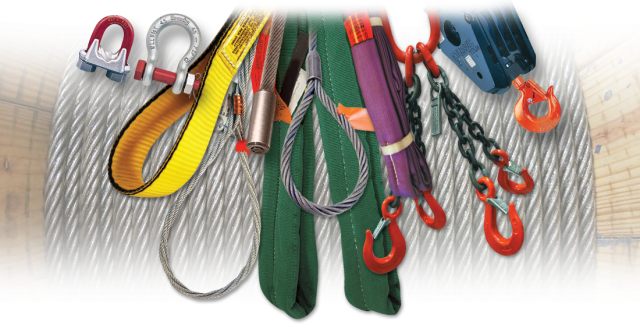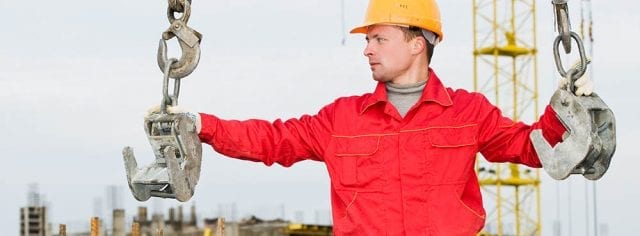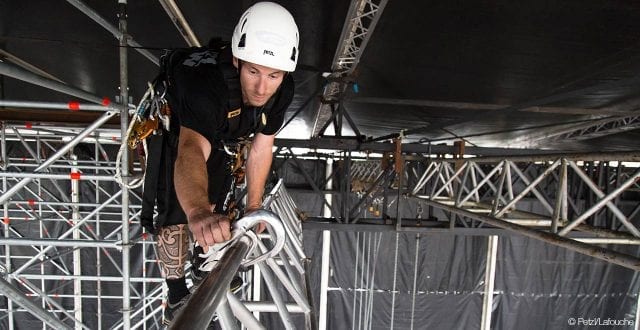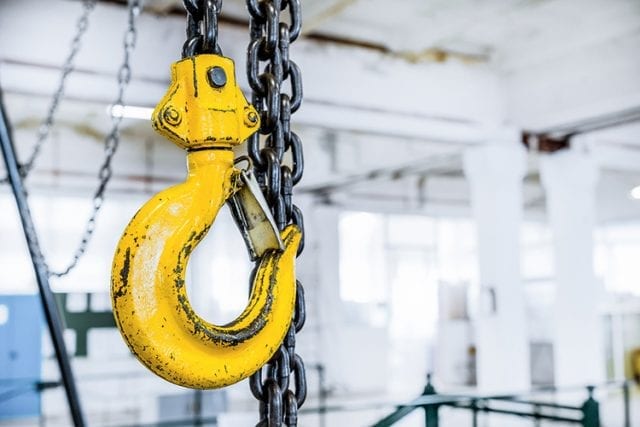
Rigging is one of those unique terms that refer to multiple activities which are very different from one another. Whether you’re fishing, sailing, or creating a digital character with computer software, you can engage in the rigging as it pertains to that specific endeavor, although each process is entirely unrelated to the others. Equipment rigging involves the supplies, machinery, and overall operation required to lift heavy loads. This type of systems is utilized for a variety of objectives, from moving materials around a construction site to suspending a jumbotron high above a sporting event.

Equipment rigging typically involves objects that are extremely heavy and large, so any mishap can potentially have tragic consequences. It’s essential that all riggers are properly trained before taking on a job. Although not necessarily required, riggers are even able to obtain certification in their field. Regardless of whether or not those additional credentials are pursued, it’s essential to understand the measures that are in place to ensure bulky items are lifted successfully and safely.
Plan ahead
Equipment rigging can be a fascinating and varied occupation, especially if the position involves setting up temporary installations. Events like concerts or trade shows may require elaborate rigging, and the very nature of these functions necessitates ongoing assembly and dismantling. Each venue will have particular specifications that keep you challenged and engaged. However, that variety also means that the rigging gear could inevitably change to suit the job.

You’ll need a plan. Every time a considerable load needs to be moved, several factors need to be taken into account to maintain control and safety throughout the process. Once you calculate the load, you can then procure the proper equipment. You want to be sure you’re aware of the appropriate use of the supplies you can access, and which are the best fit for the job. For example, having to choose from a wide range of slings, wire ropes, and chains may seem like an overwhelming task, but companies like Tway Lifting Products can provide guidance.
Safety first
Riggers don’t take the dependability of their equipment for granted. A crucial part of the process should involve regularly inspecting your equipment, not only for your protection but also to comply with OSHA standards that have been established to keep the workplace safe. Thorough training includes the ability to identify wear and tear, so hazards can be addressed before accidents happen.
Rarely is rigging a one-person job, and with the relatively high risk associated with so many assignments, performing as a team is important. Clear and consistent communication can get the project done safely and efficiently.

What goes up?
These jobs are often risky due to the excessive height of the operation. If a task requires any type of effort overhead, be sure you can perform all possible pre-work at ground level beforehand to minimize the amount of time spent in the air. It’s crucial to make sure installations are functional and assembled properly before lifting them whenever the opportunity presents itself.
Rigging is a physical profession, even with the array of equipment available to facilitate lifting and assembly. But then, there’s an element of creativity and craftsmanship that comes with the ability to fabricate such a broad range of products.








